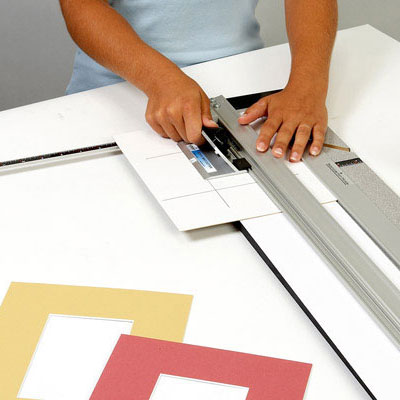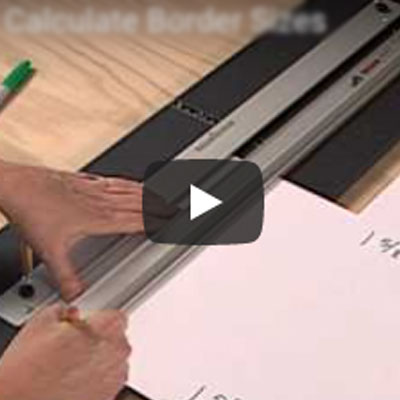When most people think of acrylic, the first thing that comes to mind is durability. Compared to glass, acrylic is virtually unbreakable. When a framed piece is likely to be moved around a lot, acrylic seems the obvious choice, and when the item is to be shipped, it seems a necessity.
It may come as a surprise to learn that if UPS or FedEx break the glass in a framed piece and ruin the artwork, they may not reimburse the market value of the artwork. Instead, they may offer to reimburse only the value of the items used to create the work; ie, the paint, the paper and the glass, a significant loss of potential value. Acrylic will help to avoid this disaster.
Yet, having said that, in one respect acrylic is more fragile than glass; it is easily scratched. Even just rubbing a crumpled up paper towel across the surface of acrylic can cause light surface abrasions. For this reason, a soft cloth is advised when cleaning it, either a cotton rag or a specially constituted paper towel like a Scott Wyp-All, which has the texture and feel of cotton. In addition, plastic cleaner must be used to clean acrylic, never glass cleaner. All of which makes it bit more involved to clean than glass.
But there is some good news when it comes to cleaning acrylic. Acrylic is typically sold clean. It comes with a protective plastic or paper mask over it, so when the mask is peeled away, the acrylic is as clean as it's ever going to be. Glass, on the other hand, is typically dirty when purchased. It usually has a coat of dust on it which requires repeated and rigorous cleaning to remove.
All that cleaning has other implications as well. Unbeknownst to most framers, wiping a dry paper towel repeatedly across the surface of glass builds up static charge. Static charge is the culprit that causes dust and lint to cling to the inside of your glass.
If you've ever had the experience of inspecting a glazed and framed piece prior to putting it into a frame, finding it suitably free of dust and lint, and then loading and securing it into the frame only to discover, upon turning it over, that there are dust particles clinging to the inside of the glass, static charge is the problem.
To eliminate it, either avoid wiping the glass to dry - leave it moist and let it dry the rest of the way on its own – or, better yet, invest in an anti-static brush. Brush the glass once with the anti-static brush to eliminate the static charge before loading the glass into the frame.
Acrylic is even worse than glass when it comes to static charge. In fact, static charge is the single biggest drawback to acrylic. Fortunately, however, the problem is easily solved by using an anti-static brush right after removing the protective mask. This takes out the static charge without requiring the acrylic to be cleaned with an anti-static plastic cleaner, a process that seems unnecessary given the fact that the acrylic is already clean when you buy it.
Now that we've addressed the single biggest drawback to acrylic, we should address its single biggest benefit. Compared to glass acrylic is remarkably lightweight. With larger pieces, say 24"x36" and larger, glass can be dangerously heavy, causing the frame to bow under the weight. Not only that, but glass can be dangerous to handle in those larger sizes, threatening to flex and snap. Acrylic is preferred when framing larger sizes.
But the troublesome fragility of glass gives it at least one advantage over acrylic. Glass is relatively easy to cut. Reducing glass to size is a simple matter of scoring it with a Logan glass cutter and snapping it cleanly at the score.
Picture framing grade acrylic, on the other hand, is close to the 1/8" thick. At that thickness it is indistinguishable from glass in a frame, but its thickness makes it a struggle to score and snap. Thinner acrylics are available which can be scored and snapped, but they are undesirable for picture framing because they look plasticky in the frame. The easiest way to cut picture framing grade acrylic is with a table saw. Leave the mask on and run it through the saw. It cuts fine with a standard table saw blade.
Oh, and one last thing. Acrylic is more expensive than glass. Since acrylic is a petroleum based product, it is susceptible to oil price spikes. As with gas, when the cost of a barrel of oil goes up so does the price of acrylic, but when the cost of a barrel goes down, the price doesn't fall commensurately, which means you will always pay more for acrylic.
When it comes to price and ease of cutting, glass beats acrylic. But when it comes to durability, cleanliness and light weight acrylic wins every time. There are pros and cons to glass and acrylic. Depending on the situation one may be preferred over the other.












